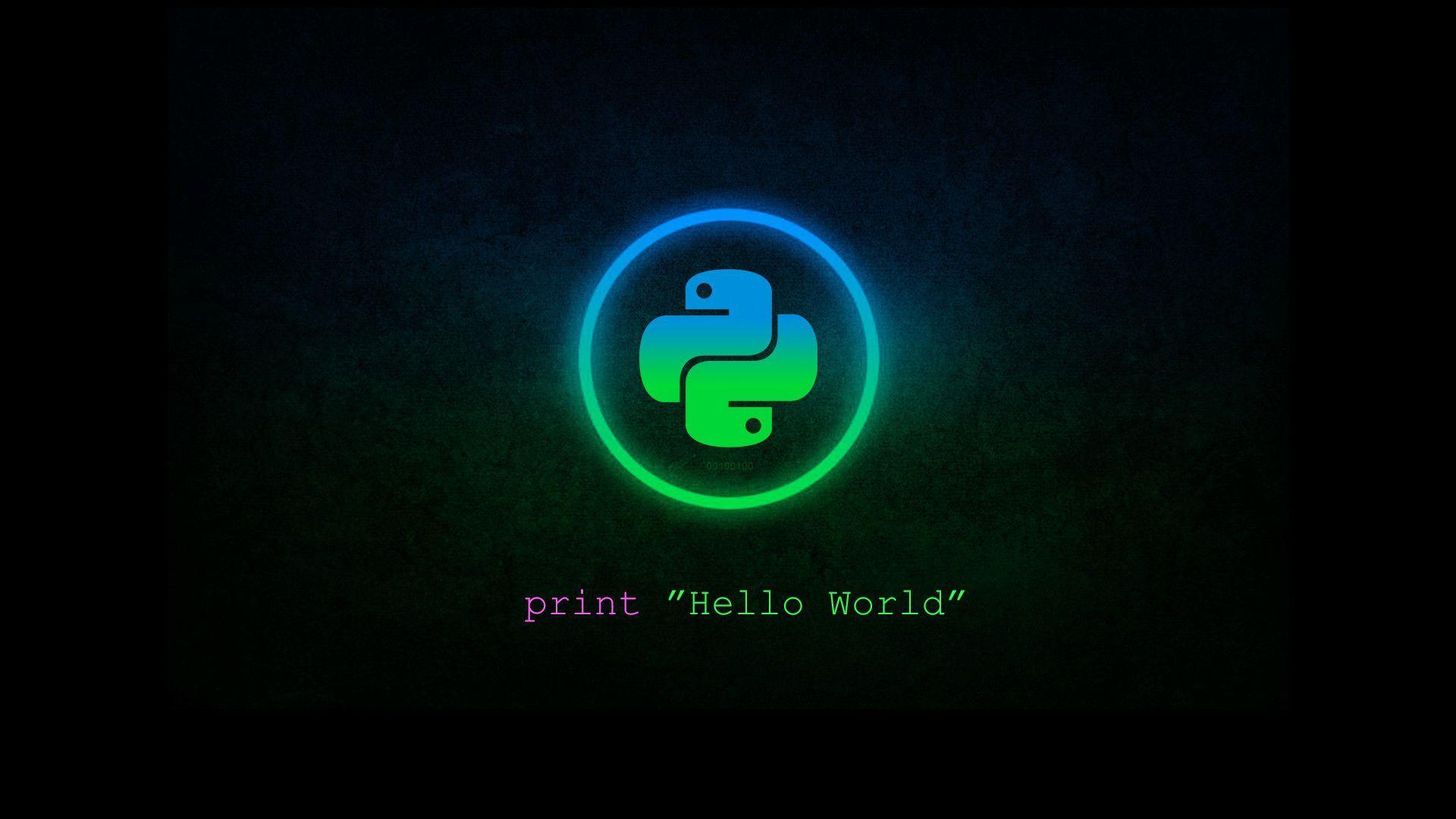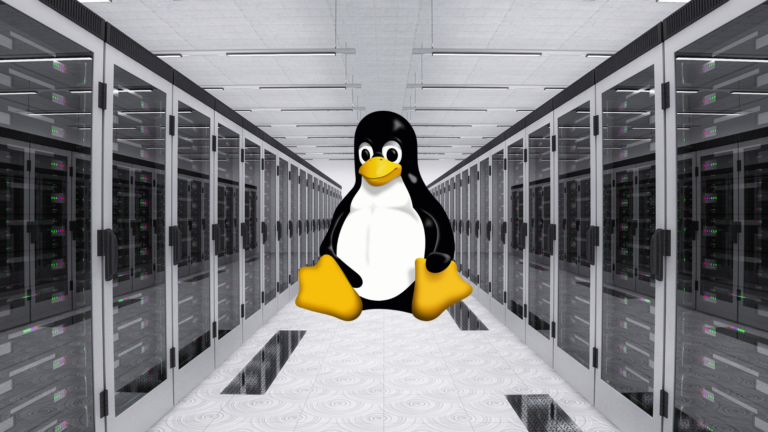
Configuring a Linux Server for Python and Ruby on Rails Development
Configuring a Linux Server for Python and Ruby on Rails Development
In this comprehensive guide, we'll walk through the process of configuring a Linux server to host and develop applications built with Python and Ruby on Rails. Whether you're a seasoned developer or just starting out, this article will provide you with the necessary steps to set up a robust and efficient development environment.
Section 1: Python Web Development
Python is a versatile programming language that has gained significant popularity in web development. Here's how you can set up your Linux server for Python web development:
-
Install Python
Python is often pre-installed on most Linux distributions, but it's a good practice to ensure you have the latest version. Run the following command to install Python:
sudo apt-get install python3 -
Set up a Virtual Environment
It's recommended to use a virtual environment for Python projects to keep dependencies isolated. Install the
venvmodule and create a new virtual environment:sudo apt-get install python3-venv python3 -m venv myenv source myenv/bin/activate -
Install Web Framework
Choose a Python web framework like Django or Flask, and install it within your virtual environment. For example, to install Django:
pip install django -
Set up a Web Server
While Python comes with a built-in development server, it's recommended to use a production-ready web server like Gunicorn or uWSGI. Install Gunicorn and configure it to serve your Python application.
Section 2: Ruby on Rails Development
Ruby on Rails is a popular web application framework built on the Ruby programming language. Follow these steps to set up your Linux server for Ruby on Rails development:
-
Install Ruby
First, you'll need to install Ruby on your server. You can use a version manager like RVM (Ruby Version Manager) or rbenv to install and manage multiple Ruby versions. Here's how to install RVM:
sudo apt-get install software-properties-common sudo apt-add-repository -y ppa:rael-gc/rvm sudo apt-get update sudo apt-get install rvmOnce RVM is installed, you can install Ruby:
rvm install ruby-versionReplace
ruby-versionwith the desired Ruby version. -
Install Rails
With Ruby installed, you can now install Rails using the
gempackage manager:gem install rails -
Set up a Database
Rails supports multiple databases, but SQLite is often used for development and testing purposes. Install SQLite:
sudo apt-get install sqlite3 libsqlite3-dev -
Set up a Web Server
Rails applications run on a web server like Puma or Unicorn. Install and configure the web server of your choice, and set up a reverse proxy (e.g., Nginx) to handle incoming requests.
By following these steps, you'll have a Linux server configured and ready for Python and Ruby on Rails web development. Remember to adjust the configurations and commands based on your specific requirements and server environment.
Section 3: Additional Considerations
While the previous sections covered the core setup for Python and Ruby on Rails development, there are a few additional considerations to keep in mind:
Security
Security should be a top priority when setting up a server for web development. Here are some recommended practices:
- Keep your system and installed packages up-to-date with the latest security patches.
- Configure a firewall to restrict access to only necessary ports and services.
- Use secure protocols like HTTPS and implement SSL/TLS certificates.
- Follow best practices for password management and user permissions.
Monitoring and Logging
Monitoring and logging are essential for maintaining the health and performance of your web applications. Consider setting up tools like:
- Monitoring: Prometheus, Grafana, or New Relic for monitoring system resources, application performance, and detecting issues.
- Logging: Elasticsearch, Logstash, and Kibana (ELK) stack or Graylog for centralized log management and analysis.
Deployment and Automation
As your applications grow and become more complex, you'll want to streamline the deployment process and automate repetitive tasks. Consider using tools like:
- Containerization: Docker and Kubernetes for packaging and deploying applications in portable containers.
- Configuration Management: Ansible, Puppet, or Chef for automating server configuration and application deployments.
- Continuous Integration/Continuous Deployment (CI/CD): Jenkins, GitLab CI/CD, or Travis CI for automating build, test, and deployment processes.
Performance Optimization
As your web applications gain traction and user base, performance optimization becomes crucial. Consider implementing techniques like:
- Caching strategies (e.g., Memcached, Redis) to reduce database load and improve response times.
- Load balancing and clustering to distribute traffic across multiple servers.
- Content Delivery Networks (CDNs) for efficient distribution of static assets.
- Database optimization, indexing, and query tuning.
By addressing these additional considerations, you'll be able to build a robust, secure, and scalable web development environment on your Linux server.
Keywords
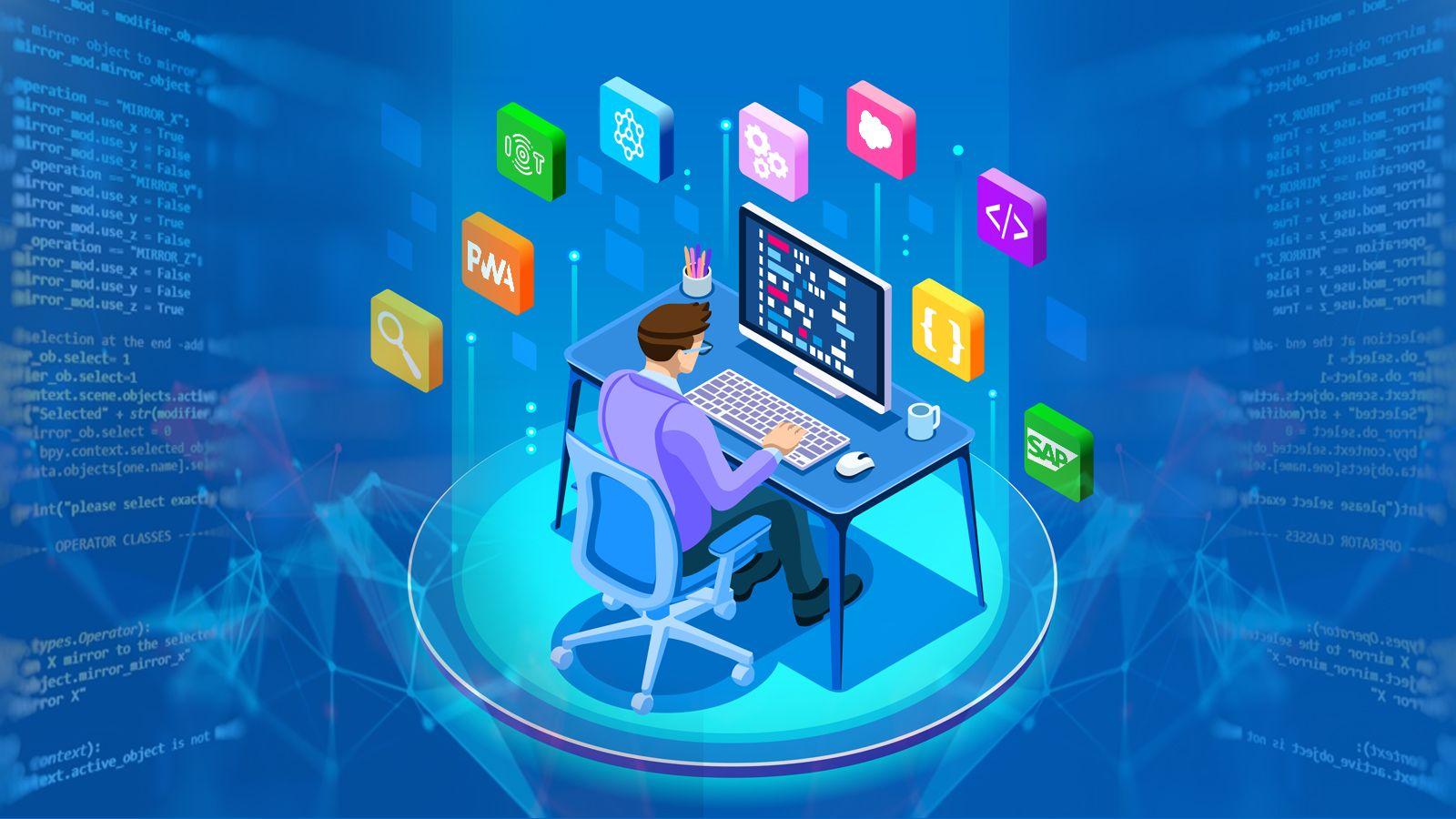
History of Programming Languages ⚡
Embark on a captivating journey through the history of programming, from its humble beginnings in the 19th century to the cutting-edge innovations of the 21st century. Discover the key milestones, gro
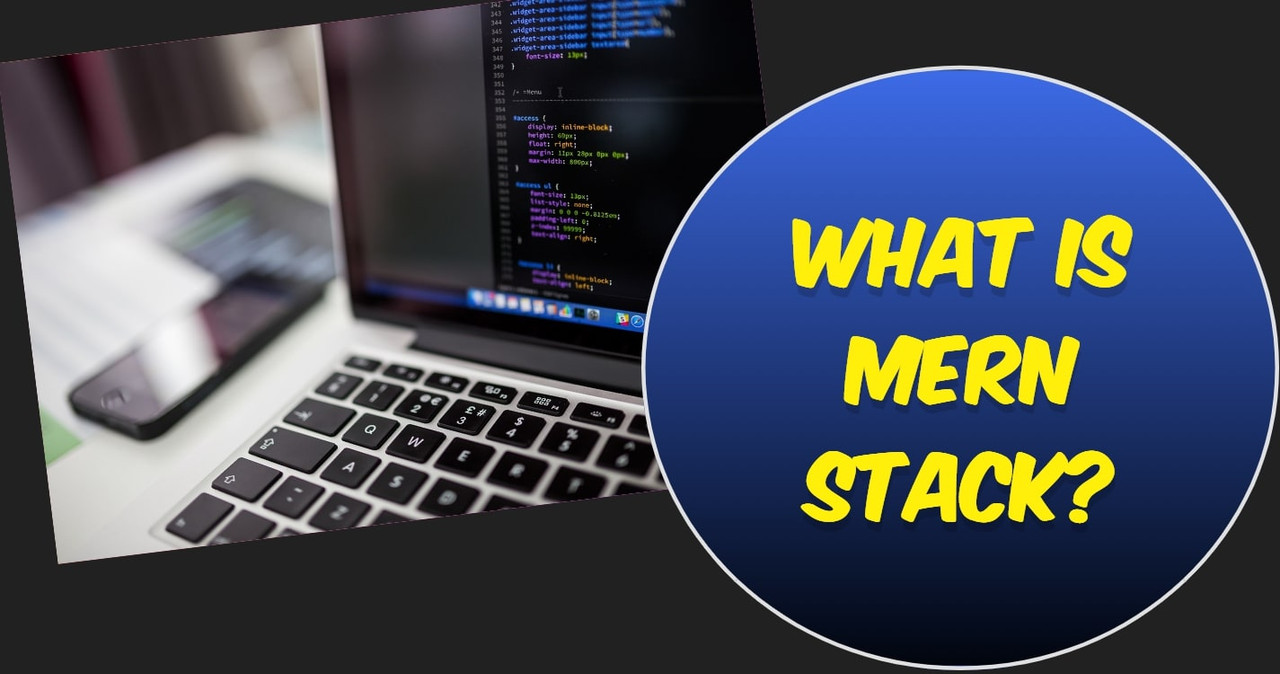
Understanding MERN Stack: The Easiest Full-Stack Development Tools
Discover the MERN stack, a popular full-stack development framework combining MongoDB, Express.js, React.js, and Node.js. Learn why it's considered one of the easiest and most efficient tools

Big O Notation: asymptotic analysis (big-o notation)
This article will cover the basics of Big O notation, explaining its importance in algorithm analysis. It will break down common complexities and provide examples to demonstrate how Big O affects perf
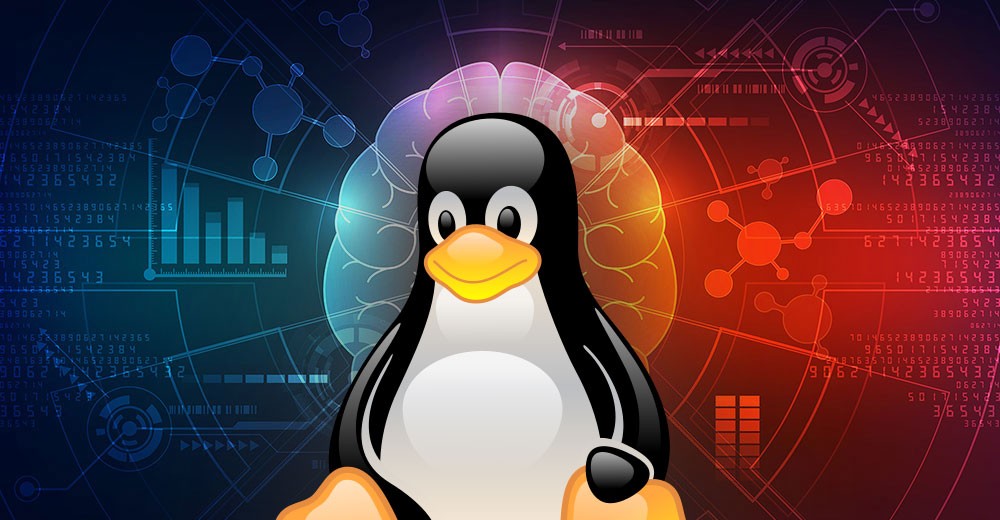
Top Linux Commands You Must Know As Linux User ?
Linux is a powerful and versatile operating system widely used in various computing environments, from servers and workstations to embedded systems and supercomputers. At the heart of Linux lies its c

Top Git Commands you must know | Git and Github
Git is an essential tool for modern software development, enabling developers to manage and collaborate on code efficiently. In this comprehensive guide, we'll explore the top Git commands and workflo
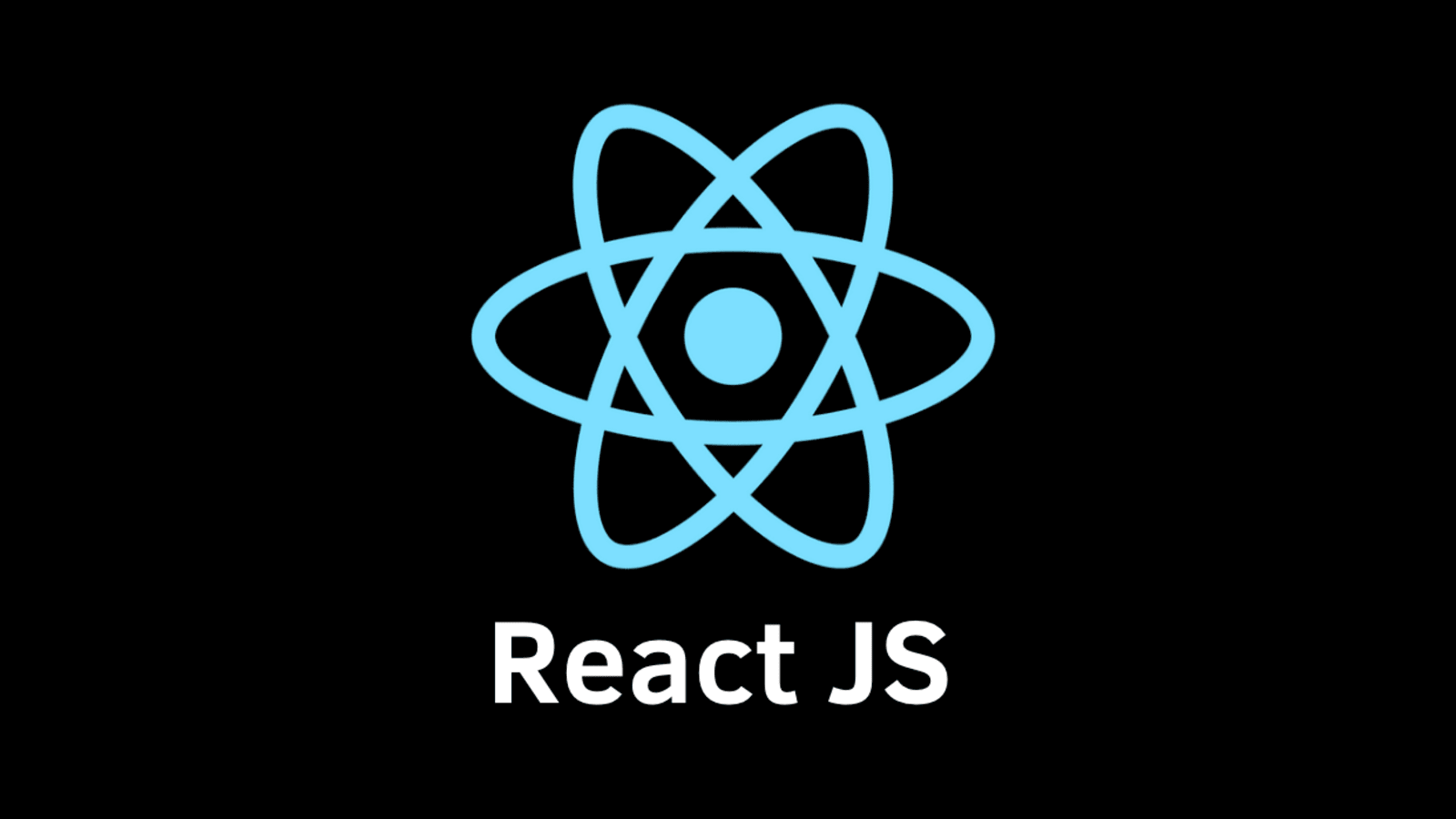
React.js Essentials: A Beginner's Journey
React.js is a revolutionary JavaScript library for building dynamic user interfaces. This comprehensive guide takes you on a beginner's journey to master React.js essentials. Explore the core concepts

Setting Up a Linux Dedicated Server for Web Development
This article provides a comprehensive guide on setting up a Linux-based dedicated server for hosting PHP websites and Node.js websites. It is divided into two sections, one for PHP website hosting and

Configuring a Linux Server for Python and Ruby on Rails Development
This comprehensive article guides you through the process of configuring a Linux server for web development using Python and Ruby on Rails. It is divided into three main sections: Python Web Developme
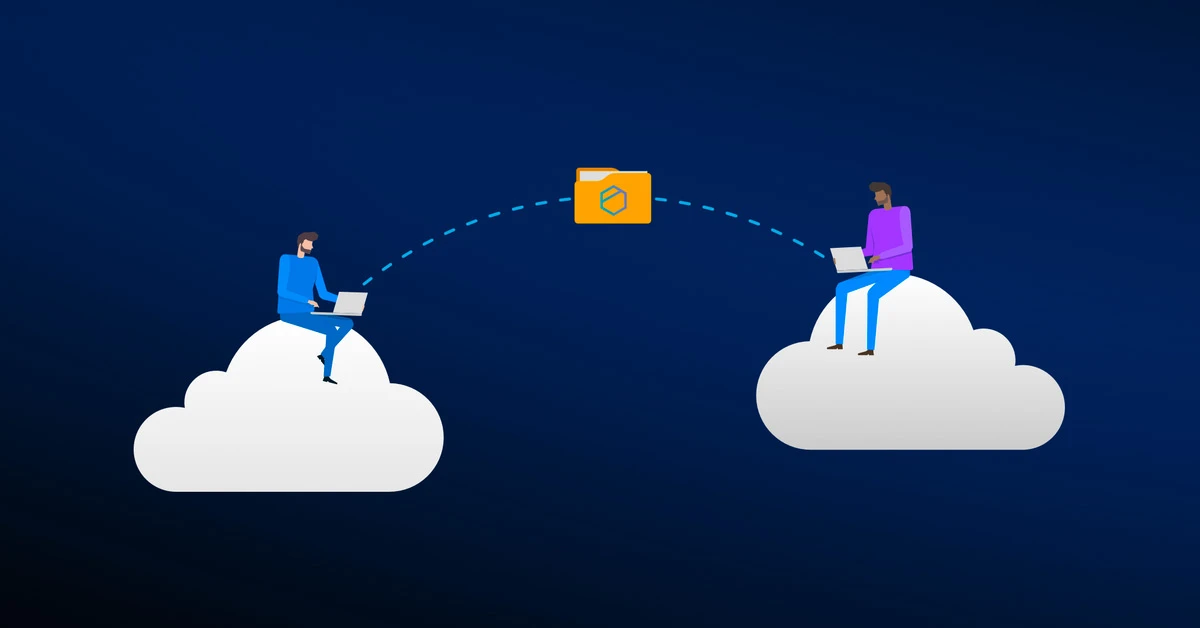
Cloud platforms : Aws, Google Cloud and Microsoft Azure
Cloud platforms offer businesses unprecedented scalability, flexibility, and cost-efficiency. This beginner's guide demystifies the concept, exploring the key players – Amazon Web Services, Mic
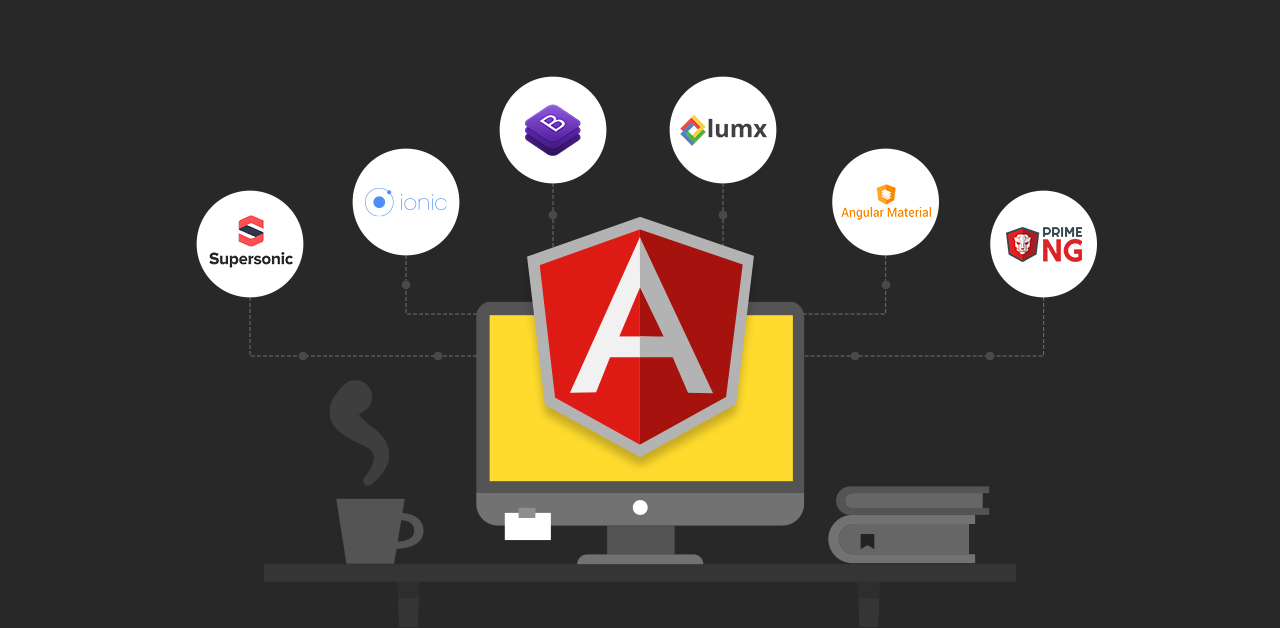
Angular js : Let's learn something about Angular js
AngularJS, created by Misko Hevery and Adam Abrons in 2009, is a powerful JavaScript framework for building dynamic web applications. This guide covers its creation, syntax, and key features, such as
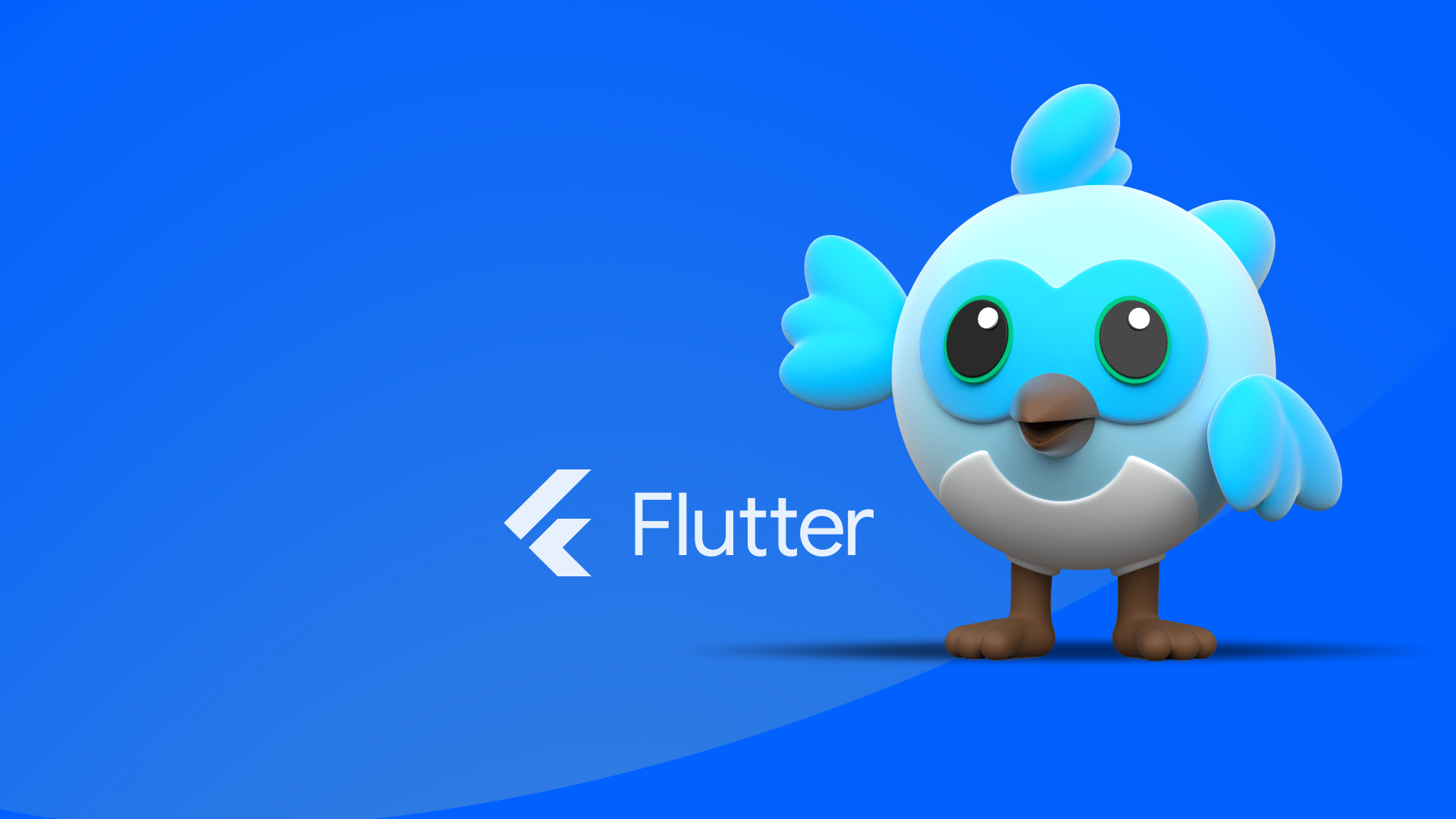
Flutter: A cross platform development technology.
Flutter is an open-source UI software development toolkit created by Google. It is used to develop cross-platform applications for Android, iOS, Linux, macOS, Windows, Google Fuchsia, and the web from

Login Interface using Flutter - Cross Platform
Flutter is a powerful framework for building cross-platform mobile applications. It provides a wide range of widgets and tools that make UI development straightforward and efficient. In this article,
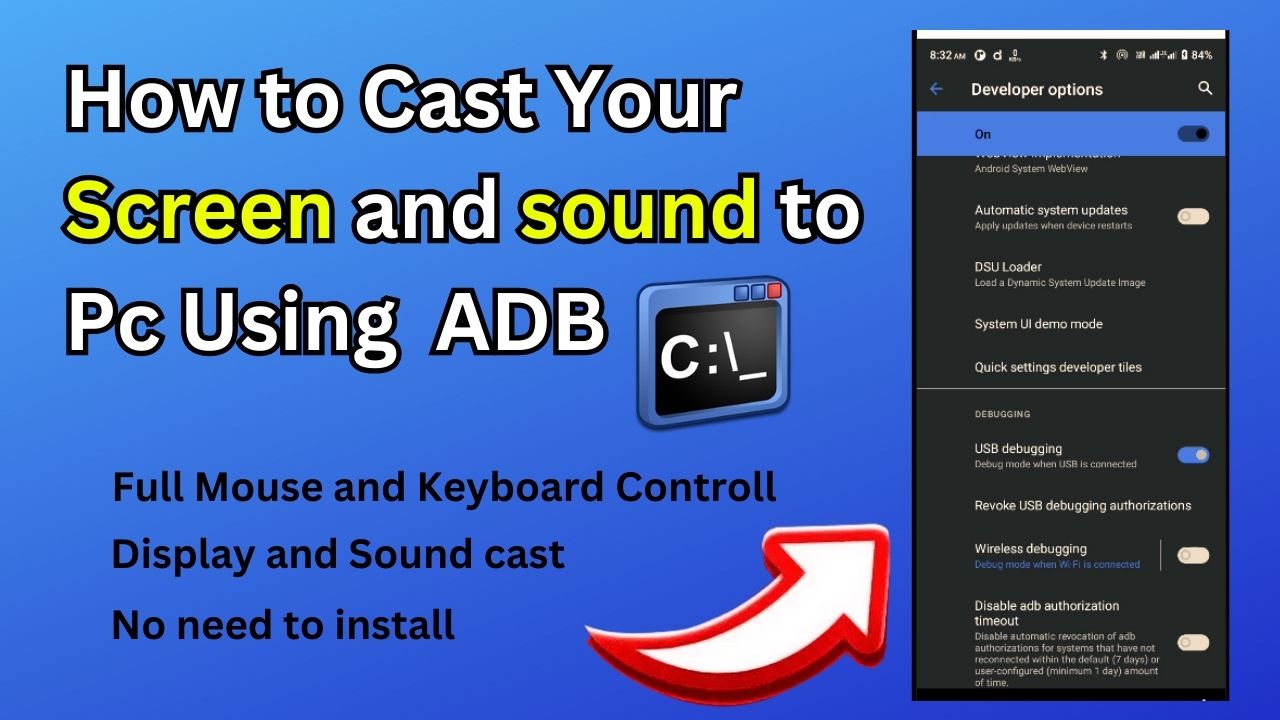
How to Cast Your Phone Screen and sound to PC without Using any third party app?
Mirroring your Android phone screen to a PC with ADB is simple. Enable USB debugging, install ADB on your PC, connect your phone, verify the connection with adb devices, and use adb platform tools to

What is debouncing and why it is important?
Discover the concept of debouncing in electronics and programming. Learn how to eliminate false signals with hardware and software techniques, including advanced methods like interrupt-based debouncin












